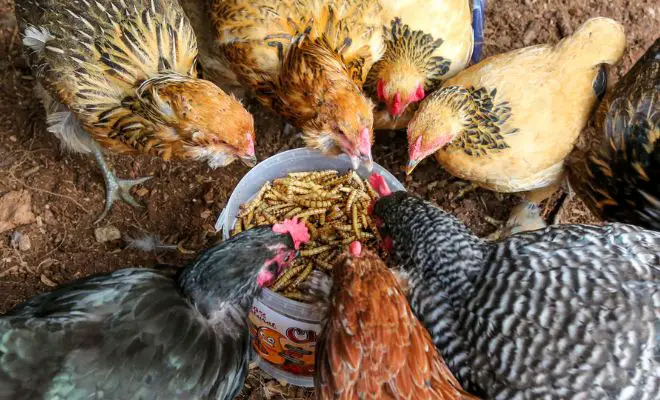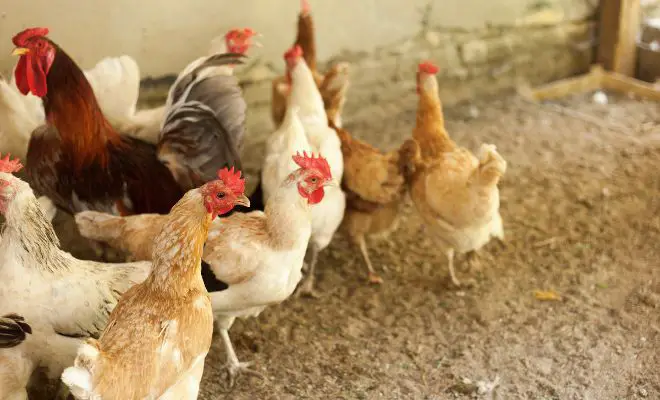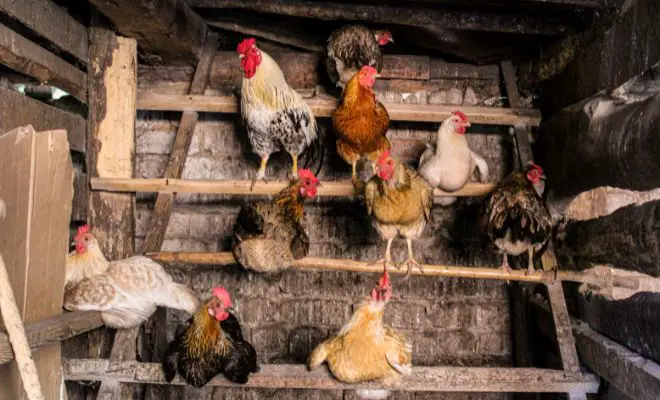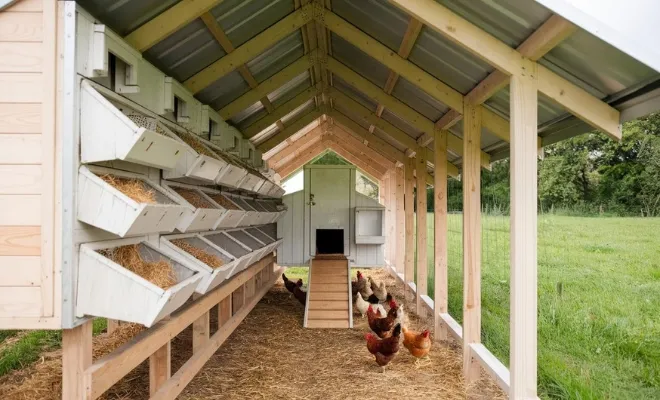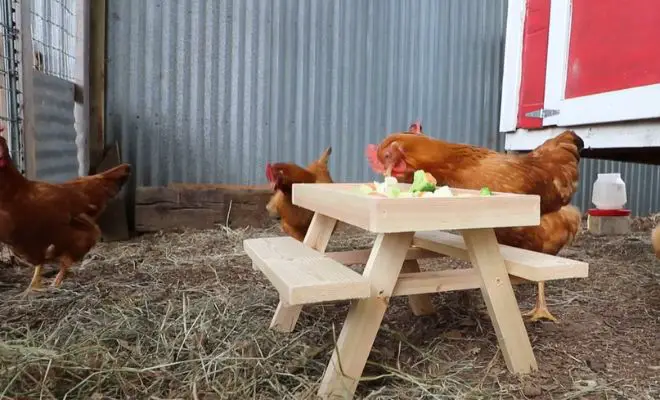Garlic for Chickens: The Natural Way to Boost Immunity & Fight Disease
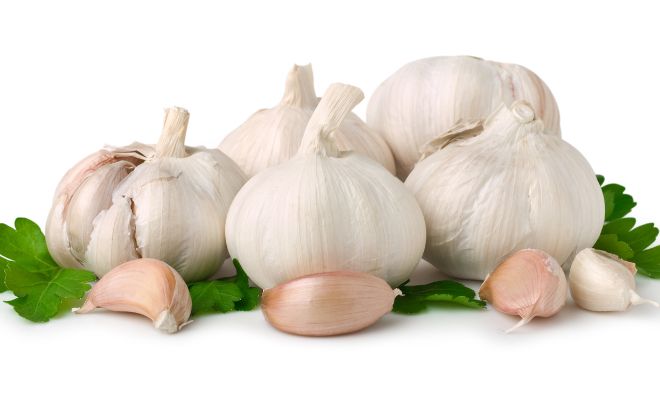
Wondering if any herbs for chickens can play a role in nutrition and a cure for illness? Garlic is the answer! But how?
Garlic for chickens works like a natural booster for immunity and other diseases! Packed with antioxidants and antimicrobial compounds. It ensures less likely to need antibiotics or other medicines. Using garlic in chicken feed is good for the environment and saves money for poultry farmers. So, the impacts of farming with less money, are quite impressive, huh?
Want to know how to grow and feed it to chickens? Read on to discover how this everyday ingredient can become your secret weapon for a healthy flock!
Table of Contents
Garlic for Chickens: 5 Benefits to Note Down!
While conventional medicine exists, many prefer natural approaches. Garlic has emerged as a popular choice, but what exactly are the benefits of giving garlic to chickens?
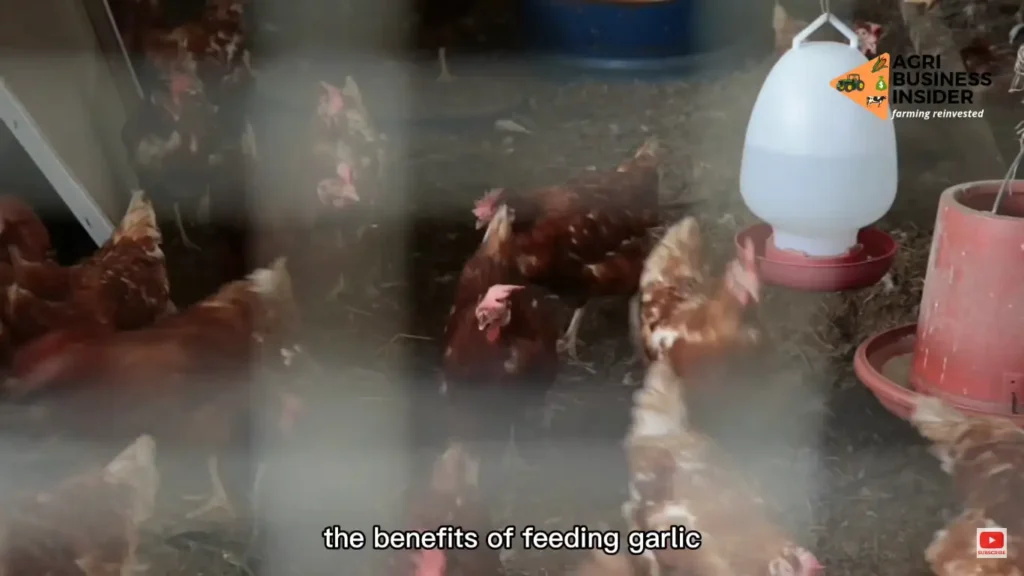
1. Immune System Boost
Garlic possesses antibacterial, antiviral, antifungal, and antiprotozoal properties. It’s specifically rich in antioxidants and allicin. This can help strengthen your chickens’ immune systems. It makes them better equipped to fight off infections and diseases.
2. Improved Gut Health
Garlic may promote the growth of beneficial bacteria in the gut. So, it aids digestion and nutrient absorption. This can lead to overall better health and reduce the risk of intestinal issues.
3. Pest Repellent
The strong aroma of garlic is said to be a natural deterrent for some pests and parasites. For example – mites, lice, and fleas. While the effectiveness might vary, it could offer an additional layer of protection for your flock.
4. Appetite Stimulant
The pungent smell of garlic can be enticing for chickens, encouraging them to eat. It’s especially during cold weather or times of illness when they might have a reduced appetite.
5. Egg Quality
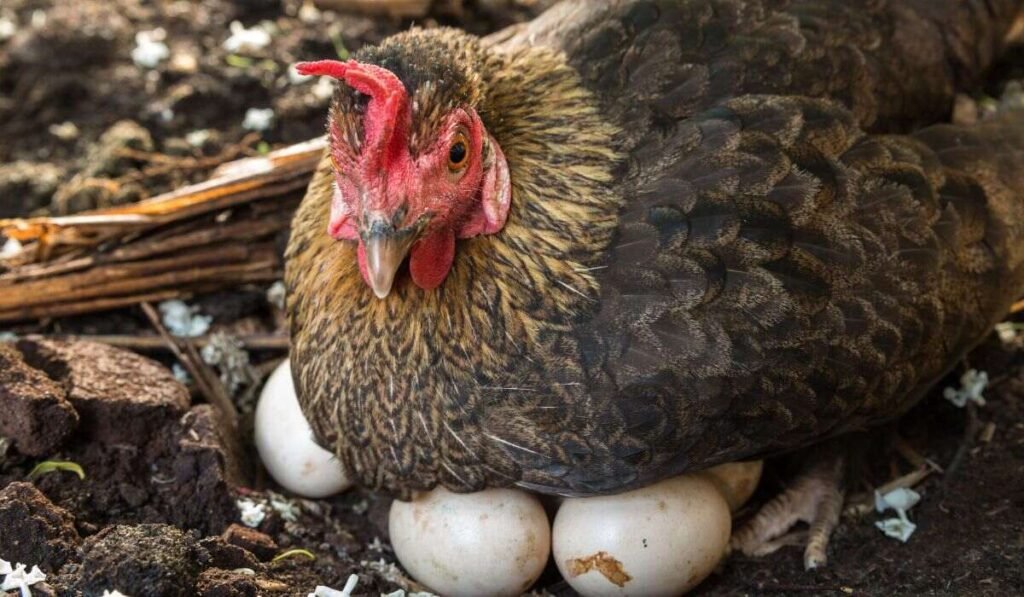
Some believe garlic can contribute to improved egg quality, with claims of stronger shells. Also, reduces bad cholesterol levels in the eggs.
However, more research is needed to confirm this definitively.
Red Alert: Is Garlic Toxic for Chickens?
No, garlic is not toxic to chickens in small amounts.
The confusion likely stems from the fact that garlic belongs to the Allium family, which also includes onions. Onions contain a compound called thiosulfate, which can be harmful to chickens in large quantities.
However, garlic contains only trace amounts of thiosulfate. So, it’s safe for chickens when fed in moderation.
So, Can Chickens Eat Garlic?
Yes, chickens can eat garlic in moderation.
While garlic has numerous benefits, it’s essential to feed it in moderation. Too much garlic can lead to digestive upset.
You can offer fresh garlic cloves or powdered garlic. Both are effective. While benefits are promising, the exact science behind garlic’s effectiveness is still under development.
However, many chicken keepers swear by its positive effects.
Can Baby Chick Eat Garlic?
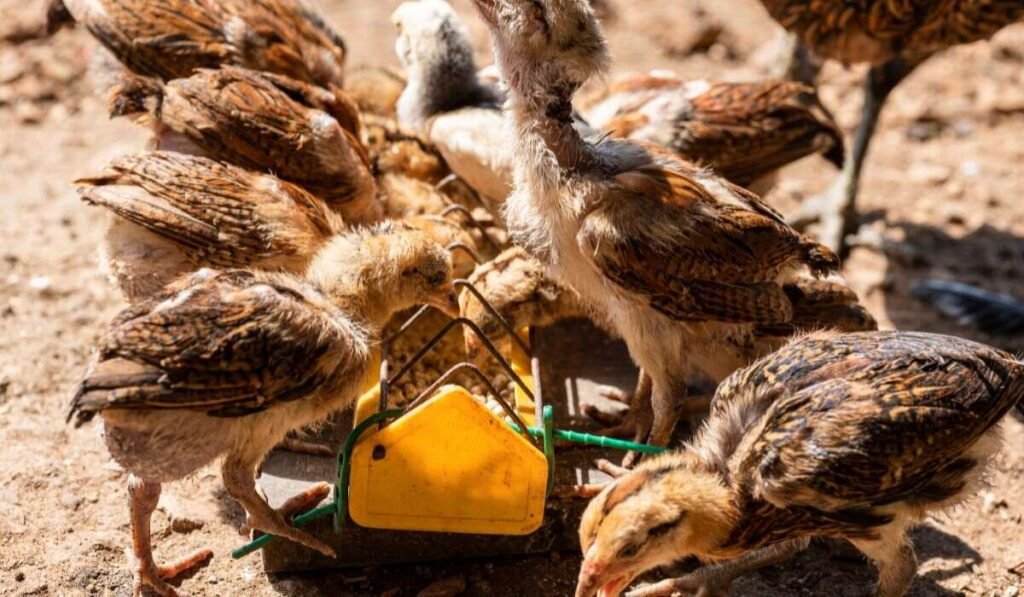
Yes, baby chicks can eat garlic in moderation, just like adult chickens.
Garlic’s potential immune-boosting properties can be particularly helpful for chicks as they’re still developing.
Exposing chicks to garlic at a young age can help them get accustomed to the taste.
However, there are a few things to keep in mind –
Their digestive systems are even more sensitive than adult chickens. Begin with a tiny amount, like a pinch of crushed garlic clove. You can dilute in a large amount of water. And of course no more than twice a week!
Watch for any signs of discomfort, such as diarrhea or loss of appetite. If you see any negative reactions, stop giving them garlic immediately.
Their primary source of nutrition should be a well-balanced chick starter feed. Garlic should be seen as a supplement, not a replacement.
How to Give Garlic to Chickens?
Now you know the benefits of giving garlic to your chickens. So, let’s see how to use garlic for broilers or other chickens –
How to prepare ginger for chickens?
Opt for fresh, raw garlic for maximum potency. Avoid pre-chopped or pre-peeled garlic, as it can lose its beneficial properties.
What is the ideal dosage of garlic for chickens?
The general rule is 1 clove of garlic per gallon of water (or 4 liters) for adult chickens. For baby chicks, start with an even smaller amount. For example – a pinch diluted in a large amount of water.
How often to offer garlic to chickens? Introduce garlic 2-3 times a week, not daily.
Methods of Introduction
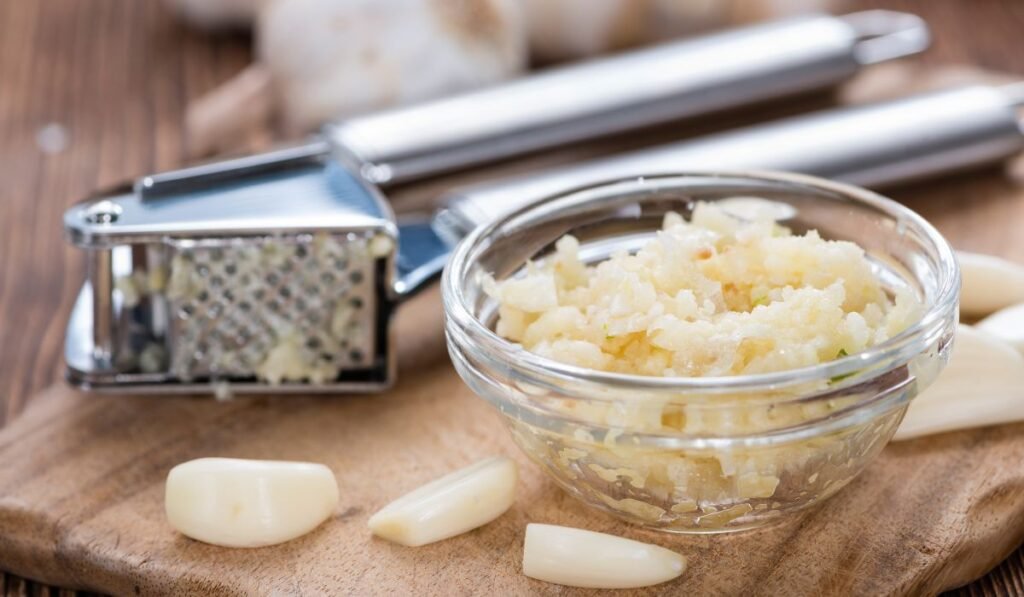
Crush or mince the garlic clove and add it to their clean drinking water. But Is water mixed with garlic good for chickens? Definitely!
Now, how do you make garlic water for chickens?
Here’s how to make garlic water for chickens:
- Crush or mince 1 fresh garlic clove.
- Add it to a gallon (4 liters) of clean water.
- Let it sit for a few hours.
- Offer to chickens and replace every 24-48 hours.
You can finely chop or mince garlic and sprinkle it over their regular feed. Start with a minimal amount and gradually increase based on their acceptance.
Wanna try something interesting? Mix a small amount of crushed garlic with plain yogurt. This can be a tempting treat for your chickens. It’s especially true if they’re feeling under the weather.
Are apple cider vinegar and garlic for chickens healthy?
Apple cider vinegar (ACV) and garlic can both be beneficial for chickens when used appropriately. Actually, there’s no scientific evidence to definitively say they work better together. However, some chicken keepers use them in combination.
If you do so, be sure you keep the following things in mind –
Stick to the recommended dosages for both. It’s typically 1 tablespoon per gallon of water and garlic 1 clove per gallon. Don’t use them together every day. Aim for 2-3 times a week, alternating between ACV and garlic water.
Introduce each one separately first to see how your chickens react.
Remember: These are seen as natural supplements, not replacements for proper coop hygiene and veterinary care. It’s an alternative, not the main course for chickens’ health.
However, the following video can help you prepare garlic for chickens. Feed them well by taking a look at the helpful video.
How to Grow Garlic for Chickens? Learn from Planting to Care!
How about thinking of some cost-effective tips like growing garlic on your land? Here are the steps to follow –
Step 1
Aim for fall planting, 6-8 weeks before your ground freezes. This allows root development before winter for a strong spring start. Ideally, soil temperature should be around 40°F (4°C).
Step 2
Pick the right spot! But which spot is best? Pick a location with at least 6-8 hours of daily sunlight. Garlic thrives in the sunshine for bigger, tastier bulbs. Aim for direct morning sun to dry dew and prevent fungal issues.
Step 3
Garlic dislikes soggy conditions. Opt for loose, well-drained soil. Amend heavy clay with compost or aged manure to improve drainage and add nutrients. Raised beds are another good option.
Step 4
Break apart the garlic bulb, keeping the papery skin on each clove for protection. Each clove will grow into a new plant. Choose the biggest, plumpest ones for the largest bulbs.
Step 5
Plant each pointy-side-up clove 1-2 inches deep, 4-6 inches apart. Maintain 12 inches between rows to avoid overcrowding.
Step 6
Caring time! But how to care for garlic?
Water regularly during dry spells, especially when spring shoots emerge. Avoid overwatering, as garlic dislikes soggy soil. Water the plants less often, only once every 3 to 5 days after they begin to bloom.
Step 7
Cover your garlic with a layer of chopped straw, leaves, or hay that is 4 inches thick. This covering, called mulch, keeps the soil temperature steady. Also, it holds onto moisture and prevents weeds from growing.
Step 8
Keep weeds at bay to prevent competition for nutrients and water. You can apply a layer of mulch around the plants. It’s to retain moisture, suppress weeds, and regulate soil temperature.
Step 9
When the tops turn brown and fall over (usually late spring/early summer), it’s harvest time! Carefully dig up the bulbs, brush off excess soil, and cure them in a cool, airy spot for a few weeks.
You can see the video to learn about herbs like garlic for chickens.
How can I keep my chickens from getting into my garlic garden?
Here are some quick ways to keep chickens out of your garlic patch:
- A physical barrier like chicken wire will be the most effective deterrent.
- Use netting or fabric to cover your garlic bed, allowing sunlight and rain to reach the plants.
- Sprays with cayenne pepper or other deterrents might discourage them (check for chicken-safe options).
- Create a separate “chicken zone” with dust baths and treats to keep them occupied elsewhere.
Related Articles:
FAQs
To learn more about garlic as a part of chicken life, check the following queries!
Q. Can chickens eat raw ginger?
No, raw ginger is not recommended for chickens. It can irritate their digestive system.
Q. Will chickens eat garlic plants?
Maybe. The strong smell might deter them. If they do try it, the greens are likely safe, but avoid giving them the bulbs in large quantities.
Q. Do garlic deworm chickens?
There’s no scientific proof that garlic works as a dewormer for chickens. While it might have some internal parasite-repelling properties, consult a vet for confirmed infestations.
Q. Can chickens eat chopped garlic?
Yes, in moderation. Chopped raw garlic is a safer option than whole cloves. Stick to recommended amounts and monitor their intake.
Q. How much garlic is too much?
Generally, don’t cross 1 clove of garlic per gallon of water for adult chickens.
Final Word
Garlic emerges as a natural blessing for chickens, boosting their immunity and preventing off diseases. With its potent antioxidants and antimicrobial properties, garlic ensures healthier birds and reduces the need for antibiotics. Its use not only benefits poultry health but also offers a cost-effective solution for farmers.
So, you can grow garlic for chicken feed and as an antibiotic and take preventive measures. It’ll ensure farmers can enjoy the rewards of a thriving and disease-resistant flock.

